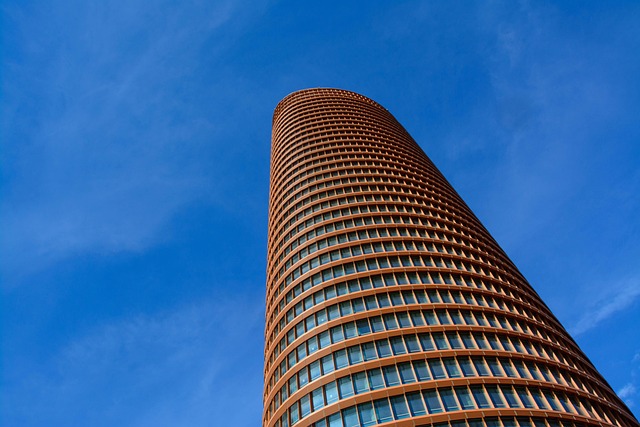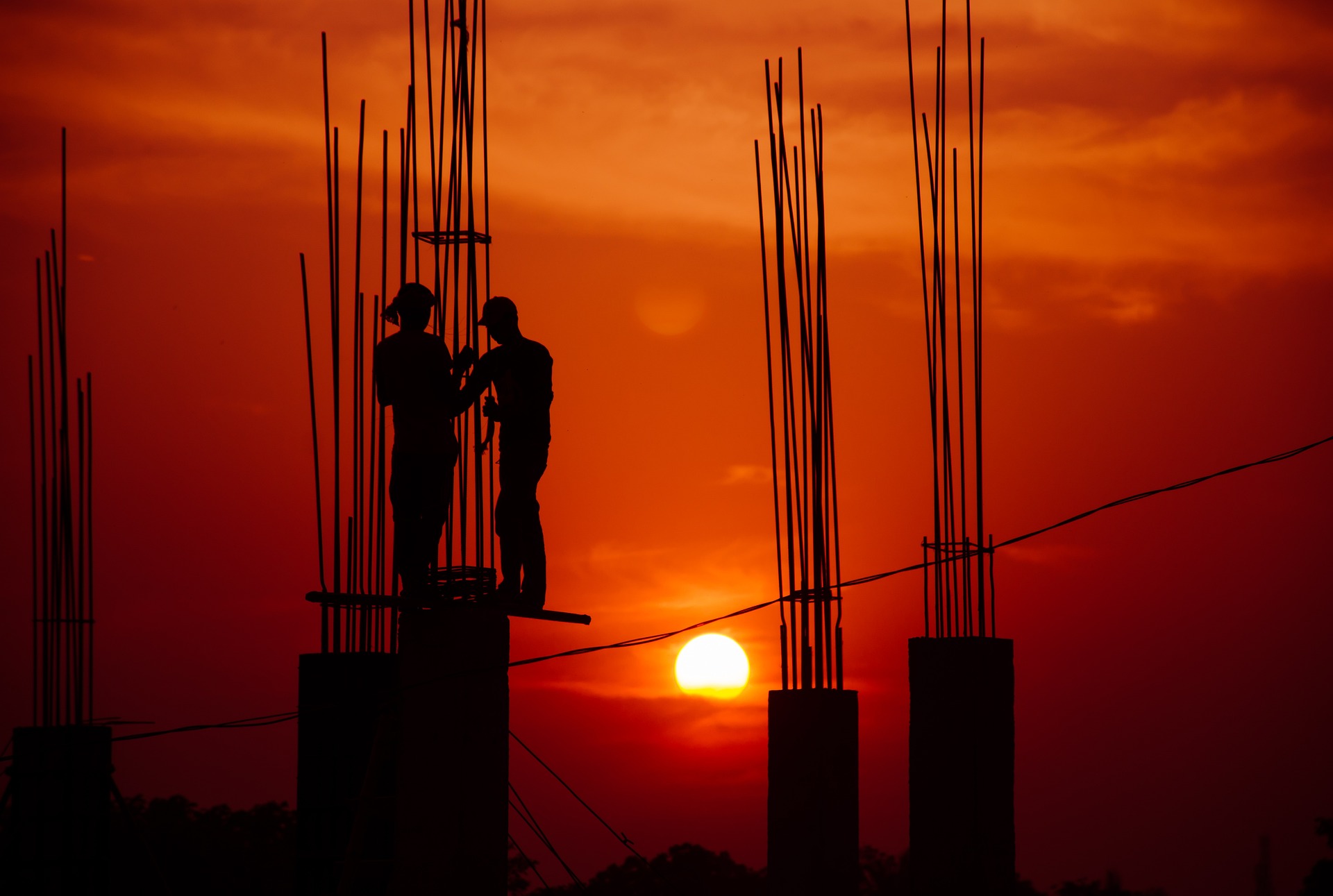Understanding Architectural Roles and Responsibilities in Japan
Architects are responsible for designing and planning buildings, structures, and urban spaces. Their work often involves collaborating with engineers, planners, and clients to ensure projects meet functional and aesthetic requirements. This article reviews different types of architectural positions in Japan, the skills needed, and the typical responsibilities associated with each role.

What are the main types of architectural roles in Japan?
Japan’s architectural profession encompasses several specialized roles. Licensed architects (kenchikushi) represent the most recognized position, requiring national certification to design and oversee construction projects. These professionals can work independently or within architectural firms, handling everything from residential homes to commercial complexes.
Structural engineers collaborate closely with architects, focusing specifically on building safety and earthquake resistance—a critical consideration in Japan’s seismically active environment. Urban planners work at the municipal level, developing city layouts and zoning regulations that shape community development.
Design architects specialize in the creative aspects of building design, often working on high-profile projects that emphasize aesthetic innovation. Project managers coordinate construction timelines, budgets, and contractor relationships, ensuring architectural visions become reality within specified parameters.
What skills are essential for architects?
Technical proficiency forms the foundation of architectural practice in Japan. Architects must master Computer-Aided Design (CAD) software, Building Information Modeling (BIM) systems, and specialized Japanese construction software. Understanding local building codes, particularly those related to earthquake resistance and fire safety, is mandatory.
Language skills prove crucial for success. While English proficiency helps with international projects, Japanese fluency is essential for client communication, regulatory compliance, and construction site coordination. Many architectural documents and building regulations exist only in Japanese.
Creative problem-solving abilities distinguish successful architects. Projects often involve working within tight urban spaces, historical preservation constraints, or challenging topographical conditions. Architects must balance aesthetic goals with practical limitations while respecting cultural sensitivities.
Communication and project management skills enable architects to coordinate with diverse stakeholders including clients, contractors, government officials, and community representatives. The ability to present complex design concepts clearly and manage multiple project phases simultaneously proves invaluable.
What tasks do architects typically perform?
Daily responsibilities vary significantly based on role and project phase. During initial project stages, architects conduct site surveys, meet with clients to understand requirements, and research zoning regulations. They create preliminary design sketches and develop conceptual presentations for client approval.
Design development involves producing detailed architectural drawings, selecting materials, and coordinating with structural engineers and other specialists. Architects must ensure designs comply with Japanese building standards while meeting client expectations and budget constraints.
Construction documentation requires preparing comprehensive drawing sets, writing specifications, and obtaining necessary permits from local authorities. This phase demands meticulous attention to detail as these documents guide actual construction work.
Construction administration involves regular site visits to monitor building progress, review contractor work quality, and address any issues that arise during construction. Architects often serve as the primary communication link between clients and construction teams.
Professional development activities include continuing education to maintain licensing, staying current with new materials and construction techniques, and networking within the architectural community. Many architects also participate in design competitions or professional organizations.
The architectural profession in Japan combines technical expertise with creative vision, requiring professionals to navigate complex regulatory environments while delivering innovative design solutions. Success depends on developing strong technical skills, cultural understanding, and the ability to collaborate effectively across diverse project teams. Whether working on traditional machiya renovations or contemporary skyscrapers, architects play essential roles in shaping Japan’s built environment while preserving its architectural heritage.




